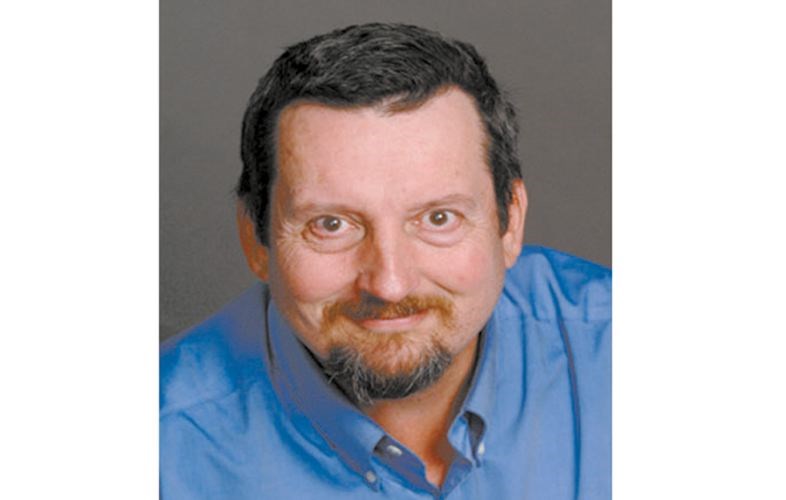Last week, Loblaws president Galen Weston announced the company is discontinuing the use of triclosan, phthalates and microbeads in the household and cosmetic products it manufacturers.
This is a move to be applauded at one level. Triclosan is an antibacterial compound added to soaps, body washes, toothpaste and other cosmetic products. It has been found to be minimally effective, if at all, while being implicated in the increasing antibiotic resistance of bacteria in our environment.
It is an unnecessary compound.
The same could be said of microbeads.
They are commonly used in body scrubs as a molecular grit.
They aid in dermal abrasion. In effect, they are an artificial form of sand but unlike natural materials, the microbeads persist in the environment. In the Great Lakes, they have been linked to a number of environmental issues including the death of fish.
Phthalates, on the other hand, are much trickier to deal with. These are naturally occurring compounds found in a variety of plants and such. Not adding them to soaps, body washes, hairsprays, and nail polishes might sound like a good idea but these actions are not going to eliminate phthalates from the environment.
Which brings me to an interview I heard on the CBC last week about Loblaws announcement where a spokesperson for the Environmental Defense Fund advocated the precautionary principle.
Essentially, she was arguing that if you can't prove something is safe, then it is bad, dangerous, toxic, etc. It should be eliminated.
The problem with this approach is you can never prove a negative.
You can never prove that something will not harm you. For example, water could suddenly be poisonous to life and we would all die. It is not at all likely, but no one can ever prove that it is not going to happen.
All that we can say is given the probabilities and our understanding of molecules, mechanisms and biochemistry, it is highly unlikely that water will prove to be poisonous. The risk is infinitesimally small.
Indeed, this is the point that Parcelsus made hundreds of years ago when he said "Only the dose makes the poison."
Simply put, half of all chemicals tested, whether natural or synthetic, are positive in high-dose rodent cancer tests.
Indeed, even oxygen at high doses induces cancer and can cause acute poisoning.
If we are to adopt the principle of absolute safety, we would need to ban oxygen.
And that is patently absurd. Yes, breathing oxygen might possibly cause you to have an increased risk for cancer, but not breathing oxygen will definitely lead to an immediate death.
This is the problem with the precautionary approach.
No matter where you look, there are compounds in our environment which will harm you. You can never be completely safe.
The best we can do is to minimize the risk. But even then we have to ask at what cost?
Further, we need to understand the science.
Yes, half of all chemicals tested are positive in high-dose rodent cancer tests. But small doses of the same compounds have no effect.
More to the point, humans aren't rodents and although we have some similar biochemical processes, we also have some differences.
We can tolerate some compounds that will kill a mouse and vice versa.
Inter-species comparisons are fraught with both false positives and false negatives.
In other words, we can do our best but we can never be truly safe.
Then there is the inherent dichotomy portrayed in our understanding of the chemical compounds in our environment.
Some are synthetic while others are natural.
The difference is generally tied to the notion natural is safe and synthetic is harmful.
Yet phthalates are perfectly natural compounds. They occur within all sorts of species. So should they be banned?
Or put another way, there are 21 known rodent carcinogens in roasted coffees. This list of natural chemicals includes acetaldehyde, benzene, caffeic acid, catechol, ethanol, ethylbenzene, hydrogen peroxide, isoprene, styrene and xylene.
If we are going to ban every substance that potentially could cause cancers, we would need to ban coffee. I suspect that doing so would make the world a much more unpleasant place!
Applying the precautionary principle would require us to eliminate a great many foods, such a tea, potatoes, tomatoes, apples, corn, avocados, olives and kiwi-fruit from our diet.
Natural selection works far too slowly for humans to have evolved specific resistance to the food toxins in these newly-introduced plants.
Is what Loblaws is doing a good thing? Yes. But the notion that we can or should get rid of all compounds from our food system which present the possibility of inducing cancer or other health effects is absurd. It can't be done nor should it be.
Rather, we need to remember Parcelesus' words: "Only the dose makes the poison."



